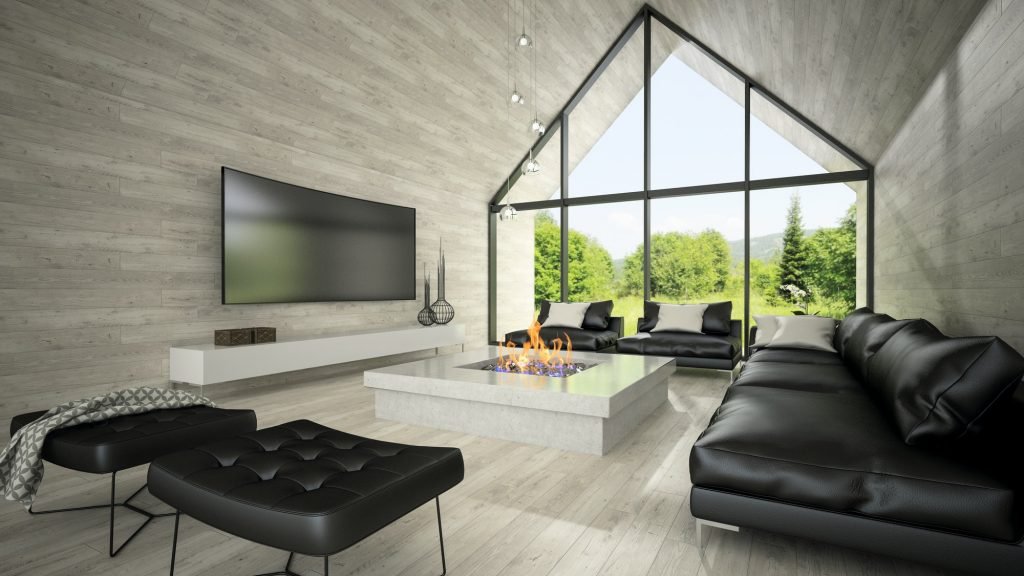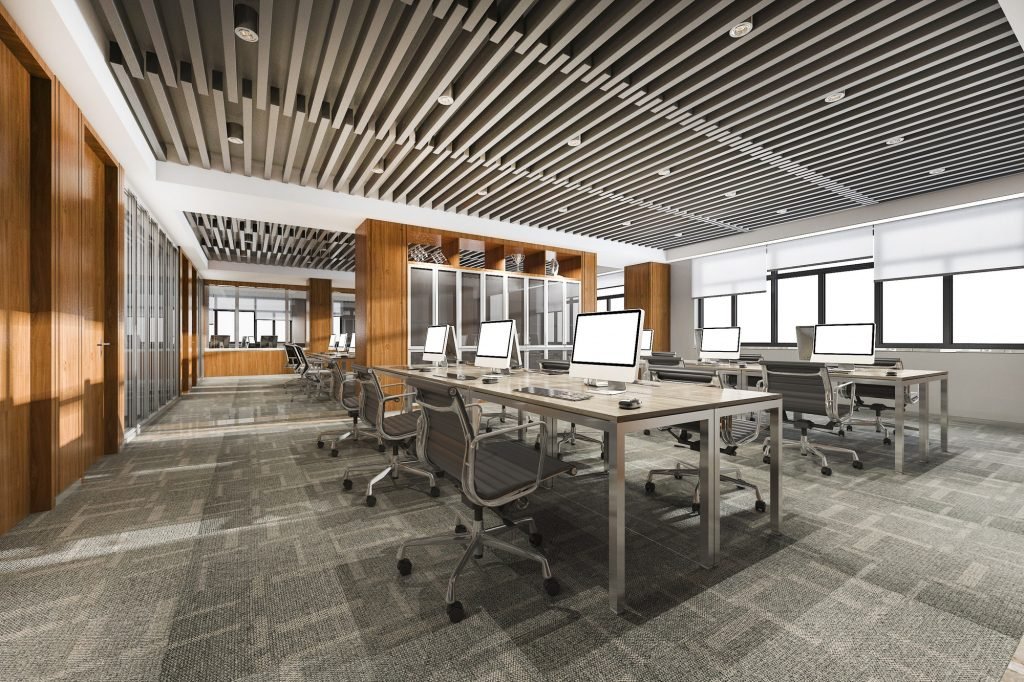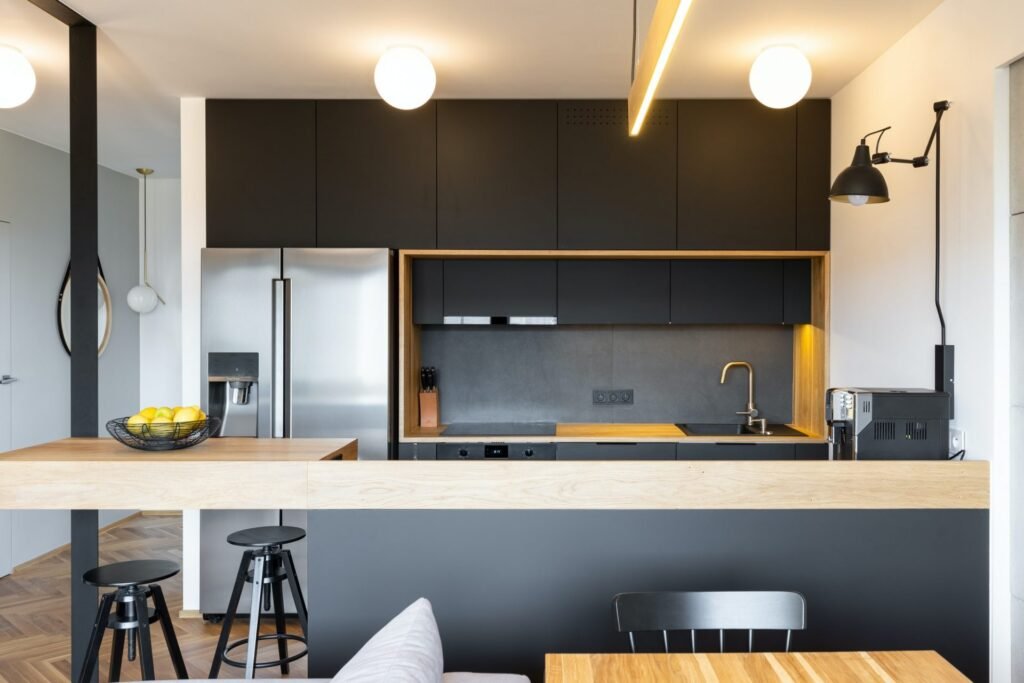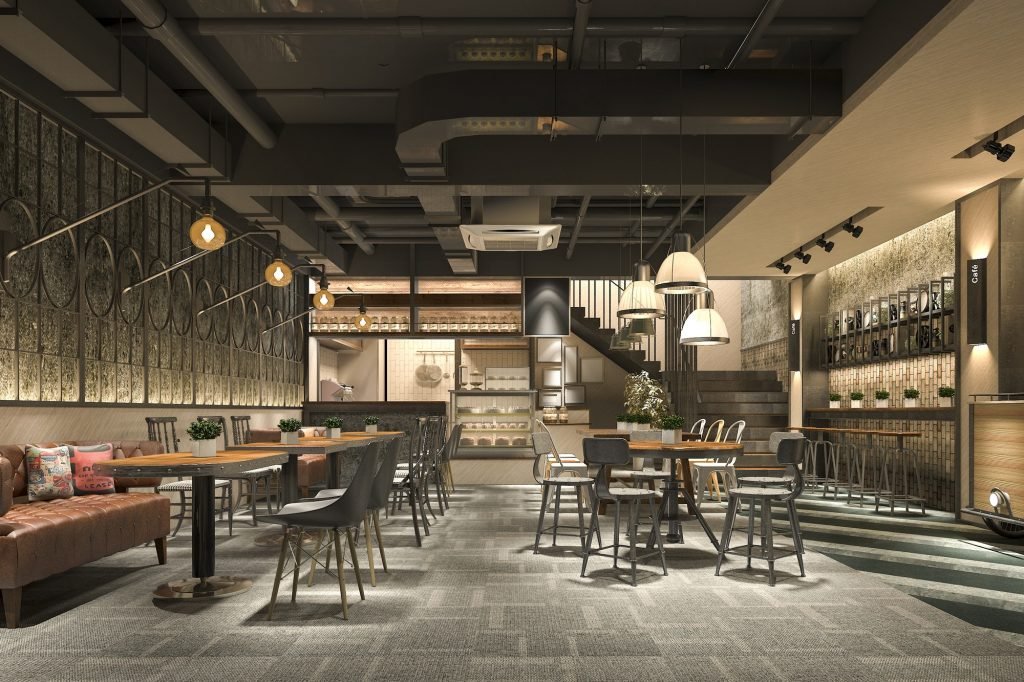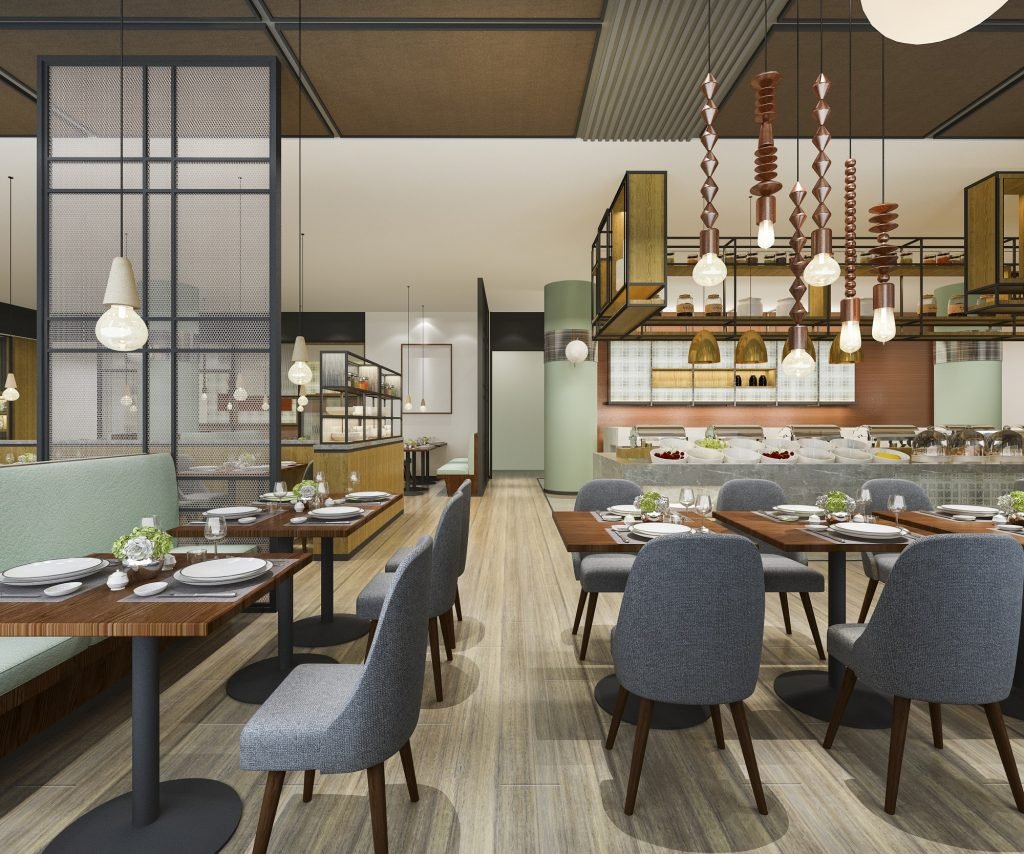Embarking on an eco-friendly kitchen renovation in New York City (NYC) and Bergen County, including towns like Ridgewood, Franklin Lakes, and Tenafly, is an excellent way to enhance your home’s sustainability while increasing its value. With a growing focus on environmental conservation, homeowners are choosing greener alternatives that reduce waste, conserve energy, and improve indoor air quality.
This comprehensive guide will take you through everything you need to know about creating an eco-friendly kitchen, including sustainable materials, energy-efficient appliances, water conservation techniques, and waste reduction strategies. Whether you’re remodeling a small apartment kitchen in NYC or upgrading a spacious home in Bergen County, this guide will help you make eco-conscious decisions that align with modern sustainability practices.
Why Choose an Eco-Friendly Kitchen Renovation?
Before diving into the details, let’s explore the benefits of an eco-friendly kitchen remodel.
Reduced Environmental Impact
A sustainable renovation minimizes carbon footprints by using recycled, renewable, and non-toxic materials. Opting for energy-efficient appliances and water-saving fixtures further contributes to conservation efforts.
Lower Utility Bills
Energy-efficient appliances, LED lighting, and smart water fixtures significantly reduce electricity and water consumption, leading to long-term savings on utility bills.
Healthier Indoor Air Quality
Using low-VOC paints, formaldehyde-free cabinetry, and natural materials minimizes indoor air pollution, creating a healthier home environment.
Increased Home Value
Eco-friendly features are becoming a top priority for homebuyers. Green renovations can increase your property’s resale value, especially in high-demand areas like NYC and Bergen County.
Planning Your Eco-Friendly Kitchen Renovation
A well-planned renovation ensures a seamless transition to a sustainable kitchen. Here are key steps to follow:
Assess Your Current Kitchen
Identify energy-inefficient appliances and materials that need upgrading.
Determine what elements can be repurposed or recycled.
Consider the overall design and functionality.
Set Sustainability Goals
- Define your priorities:
- Reducing carbon footprint
- Maximizing energy efficiency
- Using only non-toxic materials
- Minimizing waste
- Budgeting for Sustainability
While eco-friendly options may have higher upfront costs, they offer long-term savings. Allocate your budget accordingly, focusing on:
- Energy-efficient appliances
- Sustainable materials
- Water conservation fixtures
- Hiring Professionals
Work with contractors and designers experienced in green building practices. They can guide you in selecting the best eco-friendly materials and technologies.
Sustainable Kitchen Materials
Choosing sustainable materials is essential for an eco-friendly kitchen. Here are some of the best options:
Eco-Friendly Countertops
Recycled Glass – Made from crushed recycled glass, these countertops are stylish, durable, and sustainable.
Bamboo – A rapidly renewable resource that provides a sleek, modern aesthetic.
Reclaimed Wood – Adds a rustic charm while reducing the demand for new materials.
Sustainable Cabinetry
Formaldehyde-Free Plywood – Prevents indoor air pollution and is safer for your home.
Reclaimed or Salvaged Wood – Reduces deforestation while offering a unique appearance.
Bamboo Cabinets – A durable, sustainable alternative to traditional wood.
Green Flooring Options
Cork Flooring – Renewable, soft underfoot, and naturally antimicrobial.
Linoleum – Made from natural materials like linseed oil and wood flour, it’s biodegradable and highly durable.
Reclaimed Hardwood – A timeless choice that relses existing resources.
Eco-Conscious Backsplash
Recycled Tiles – Made from post-consumer glass and ceramics.
Natural Stone – A durable, long-lasting option with minimal processing required.
Energy-Efficient Kitchen Appliances
Upgrading to energy-efficient appliances is crucial for reducing your kitchen’s carbon footprint.
Refrigerators
Choose ENERGY STAR-certified models that consume less power and keep food fresher for longer.
Opt for models with smart temperature control to enhance efficiency.
Ovens and Stoves
Induction Cooktops – More efficient than gas or electric stoves, heating cookware directly.
Convection Ovens – Use 20% less energy than traditional ovens by circulating heat evenly.
Dishwashers
Look for models with Eco Mode that use less water and energy.
Choose a dishwasher with soil sensors to optimize water usage.
Smart Kitchen Gadgets
Smart Thermostats – Regulate kitchen temperature efficiently.
Smart Power Strips – Cut off power to appliances when not in use.
Water Conservation in the Kitchen
Reducing water waste is another critical aspect of sustainable renovations.
Low-Flow Faucets
Install faucets with aerators to limit water flow while maintaining pressure.
Consider touchless faucets to prevent unnecessary water use.
Energy-Efficient Dishwashers
Opt for models that adjust water usage based on load size.
Use eco-friendly detergents to minimize environmental impact.
Leak Detection Systems
Regularly check for leaks and fix them promptly to avoid water wastage.
Sustainable Lighting Solutions
Proper lighting enhances functionality while conserving energy.
LED Lighting
Consumes up to 90% less energy than traditional bulbs.
Lasts significantly longer, reducing waste.
Task Lighting
Install under-cabinet lighting for efficient workspace illumination.
Use motion sensor lights to minimize unnecessary energy use.
Dimmer Switches
Adjust lighting intensity according to needs, cutting down on electricity consumption.
Waste Reduction Strategies
Minimizing waste ensures your kitchen remains environmentally friendly.
Salvage and Reuse
Instead of demolishing old cabinets, consider refinishing or repurposing them.
Donate unwanted materials to local charities.
Recycling and Composting
Implement a dual-bin recycling system for efficient waste sorting.
Install a compost bin to recycle organic waste.
Sustainable Packaging
Choose bulk food storage to minimize plastic waste.
Use reusable containers for meal prep.
FAQs About Eco-Friendly Kitchen Renovation NYC
Q. What is the most eco-friendly kitchen material?
Ans: Reclaimed wood, bamboo, and recycled glass are among the most sustainable options.
Q. How can I make my kitchen more energy-efficient?
Ans: Install LED lighting, use ENERGY STAR appliances, and improve insulation.
Q. Are induction stoves better for the environment?
Ans: Yes, they use less energy and provide precise heating with minimal waste.
Q. Is recycled glass a durable countertop option?
Ans: Absolutely! Recycled glass countertops are strong, heat-resistant, and sustainable.
Q.. How do I reduce water waste in my kitchen?
Ans: Install low-flow faucets, use efficient dishwashers, and fix leaks promptly.
Q. What are the best eco-friendly flooring options?
Ans: Cork, reclaimed wood, and linoleum are excellent choices for a green kitchen.
Q. Can I recycle my old kitchen cabinets?
Ans: Yes! You can donate, repurpose, or refinish them instead of discarding them.
Q. How do I improve indoor air quality in my kitchen?
Ans: Use non-toxic materials, ensure proper ventilation, and opt for low-VOC paints.
Q. Are sustainable renovations more expensive?
Ans: While some materials have higher upfront costs, they offer significant long-term savings.
Q. How do I find eco-friendly renovation contractors?
Ans: Look for professionals experienced in LEED-certified projects and sustainable design.
Final Thoughts On Eco-Friendly Kitchen Renovation NYC
An eco-friendly kitchen renovation in NYC and Bergen County is a worthwhile investment for both the environment and your home. By incorporating sustainable materials, energy-efficient appliances, and waste reduction strategies, you can create a stylish, functional, and green kitchen.
Whether you’re upgrading your existing kitchen or starting from scratch, following these eco-conscious



